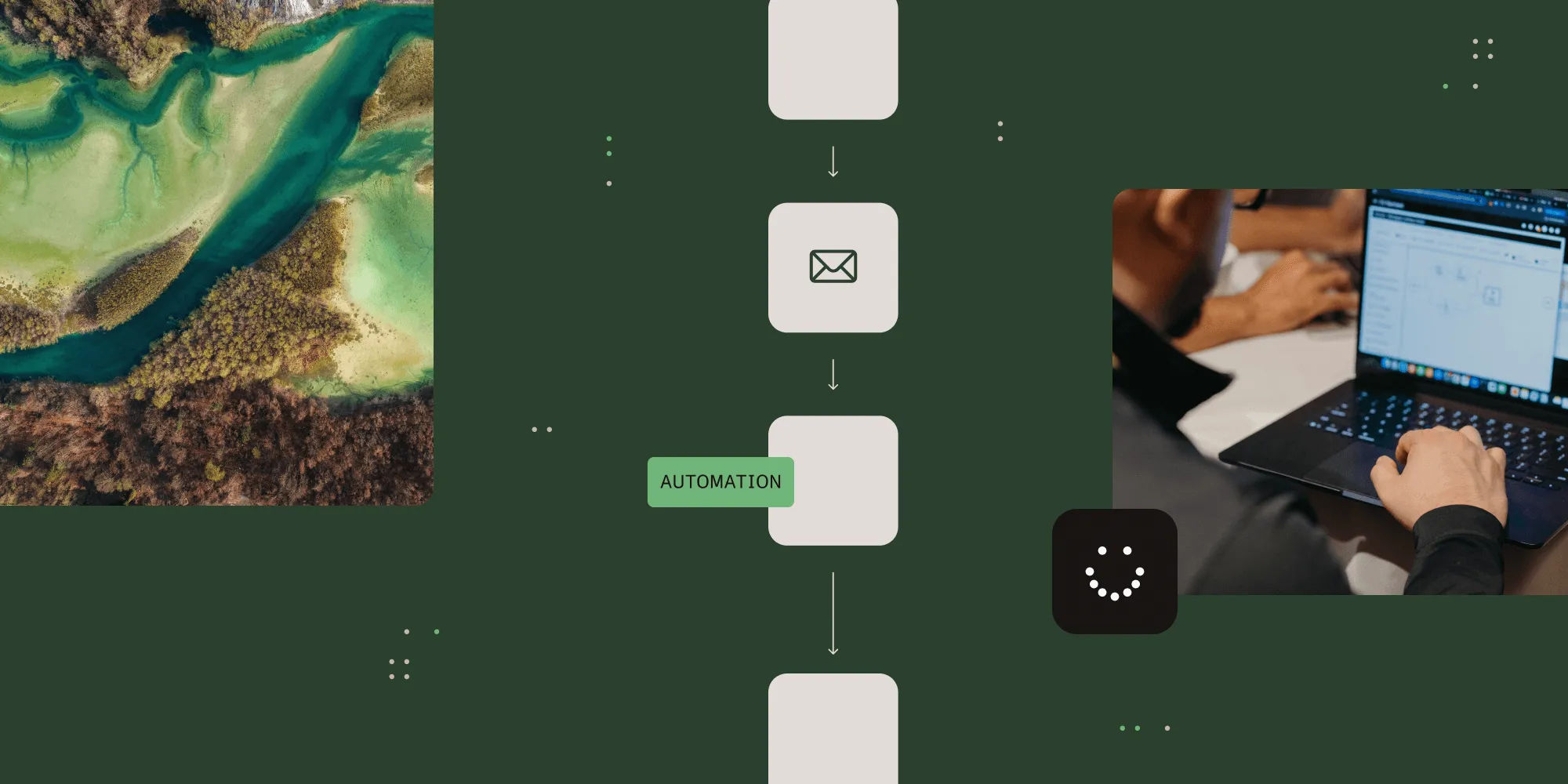Business Process Automation and Digital Transformation
Table of contents

Related:
- Digital Transformation or Digital Shift?
- 5 Signs Your Business Needs Workflow Automation Software
- Process Optimization Fundamentals
Did you break out of your MS-DOS shell, graduate to spreadsheets, and transition to QuickBooks? Does that transition mean you are keeping up with the challenges of digital transformation? How can digital technology transform your business process?
True, the production end of your business no longer relies on typewriters, copy machines, and calculators. Also, the hybrid combination of computer applications, networked office computers, printers, and the Internet has transformed business productivity. But what about business processes?
One Example of Business Process AUtomation (BPA)
Your purchasing and sales operation, for example, can instantly produce, print, and transmit an accurate invoice. That’s business process automation. Inject protocols to move and track that invoice from production to payment, and you’re talking about process. Automate that process and spread it across the organization to other areas of your business, and you are entering a realm of Business Process Automation (BPA).
Also, if you have graduated from QuickBooks to financial ERP, you already have a platform in place to reap additional benefits. BPA, in addition to transforming your business operation, can nourish your ERP by, among other things, uncovering system bottlenecks, human error, and ways to streamline further what you have already automated.
What BPA Does
BPA simplifies and removes many complicated (and often redundant) business processes, streamlines communications, and creates ownership for each step of a process.
For example, an invoice enters the automated system through either scanning or via user entry at the computer keyboard. The invoice processing is programmed into the software, resulting in hands-free migration through the system until the money shows up or is disbursed.
Questions, problems, and exceptions stay with the invoice tracking process, not in a serious of scattered email exchanges, for example. Duplication of effort and processing errors are eliminated. Those who own a step in the process as well as review and approval are accountable. The process is transparent.
Then there are the cost savings as automated accuracy replaces inevitable human error, overlooked late payments, and slow reviews and approvals. You can build checks and balances in the processing to alert users in real time. How much do you spend on process administration? BPA can save much of that overhead expense.

The Role Process Automation Software Plays in BPA
BPA software extends IT functionality and creates the linkages you need to migrate from production to process automation. The best BPA user interface is geared to non-technically qualified employees through quick deployment and intuitive learning.
The software typically allows end-users to build a process from either a single, group, or multi-tiered approval approach, either in parallel or sequentially. The process flow is routed automatically based on user input and does not have to be nudged towards its end state.
BPA software is available in the cloud, on-premise, or in a private cloud configuration. Its cloud configuration allows users to unload the burden of software maintenance, update, and rigidity in scale. Larger organizations with complex requirements are the biggest beneficiaries.
5 Suggestions for How to Successfully Deploy BPA
BPA sounds great in the abstract, but how can you successfully inject it into your business? Here are 5 things you need to do to bridge the gap between automation and business process:
Select the right process to automate.
You will need to gain experience and organizational confidence in BPA. The best approach is to first choose processes that are straightforward, well documented with forms, and relatively lightweight
Likely candidates are processes like employee onboarding and those that require no human intervention. Head for the mission-critical as everyone gains confidence and experience and BPA begins to resonate in your organization.
Define your automation goals so you can measure effectiveness and return on investment.
Automating business processes requires a big investment in time and money. So, it is essential to track performance at every step, using a phased approach. If somewhere along the tracking the automation is not working, you can pull the plug at any phase, cut your losses and start over.
Establish clear people roles and a hierarchy.
To define people roles in BPA, you need to know who does what and how they do it now. Automation brings changes in those roles, and the new roles can cause confusion, buck passing, and scapegoating. To establish accountability, you must set identify each process owner and up a transparent hierarchy. Remember the old adage that for every job there is to do, there must be someone designated to do it.
Apply the human-centric approach where you define and devise automated functions to support human skills and activities. To know what those skills and activities are, you need to talk to everyone who will have a role in the upcoming digital transformation.
Remember that automation is a drastic change in how the organization works. Fear of change can bring about active or passive resistance from employees. It is essential to get buy-in early in the process and to describe each employee’s role through brainstorming and reinforcing the employee’s sense of importance to the organization.
Select the right tool and train everyone who will use the system.
You need to lay the right foundation for your business automation initiative. Look for the tool that best suits your organization in terms of scalability, level of capabilities, and the user sophistication. You don’t want to rely on expensive after-product training consultants, so choose BPA software that can be deployed across your organization in the shortest length of time.
The workforce today consists of tech-savvy people, who are eager to learn new automated skills. Training users in business process automation is what you need to do to enforce accountability. Where you have accountability, the process will run smoothly. As a minimum, your training should include the reasons behind the automation, an overview and practice in the fundamentals of the platform, and the desired outcome.
Remember that automation is an ongoing process.
Focus on continuous improvement. You must continuously monitor the results the automation brings to your organization. Develop ongoing key performance indicators along measurable, quantitative goals. Inventory the reasons you instituted BPA and find ways to measure them in a quantitative as well as qualitative way.
Business Process Automation Drives Transformation
Digital technology can transform your business. It streamlines, reduces redundancy, and improves communications. BPA software extends IT functionality and allows users to build processes in a multilayered approach.
To effectively implement BPA you need to select the right processes, measure your goals, and ensure accountability of each person who has a role in the process. You need to select the right tool and train your people. Find ways to measure and ensure ongoing progress.
Finally, you’ll need a backup plan in case of technical problems or unforeseen delays. In fact, any automated business process should come with a contingency to revert to its previous manual mode. This, of course, reinforces the importance of the previously discussed human-centric approach to business process management.

Mike Raia
Marketing the world's best workflow automation software and drinking way too much coffee. Connect with me on LinkedIn at https://www.linkedin.com/in/michaelraia/(opens in a new tab)







